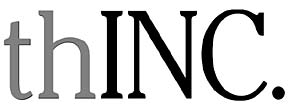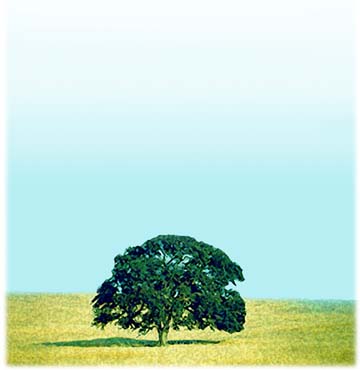

A forum for Hawaii's
business community to discuss
current events and issues
DAVE SWANN / DSWANN@STARBULLETIN.COM
From little acorns ...
Transformation in action
The seeds of ideas for organizational
transformation must be nurtured
or they will die
In the first part of this series, we dispelled some widely held myths about organizational change and transformation. In the second, we spoke directly to some of the challenges brought on by the need for success driven organizational change. In this and the next article we will turn our attention to the key dynamics associated with true organization transformation. For, while all organizational transformations involve major organizational changes, all organizational changes are not associated with transformations.
Let us turn to nature. In our mind's eyes, we know from experience that an acorn has the potential to grow into a giant oak tree. This phenomenon is a clear example of a transformation in action, beginning with the word potential being underscored,
The seed of an idea that could potentially transform an organization [or an individual], if not very carefully nurtured, will die a silent death. Someone must be prepared to do the daily "dog work" of being sure the seed gets warmth and sustenance, and, in particular, gets protection from the weed-like stifling brought upon by the cynics who are threatened by any new idea. "It won't work here!" "We tried that before and it failed." "Don't mess with it if it ain't broke."
I call this "dog work" because it is the non-glamorous, down-and-dirty, often unrecognized, and even more often unappreciated -- but critical -- aspect of any transformation. So ask yourself: What is the "soil" like in your organization for potentially transforming new ideas? How can you be sure?
Should the seed take hold, and a seedling survive this early period, a giant oak tree may result. A true transformation may take place, whereby what has emerged, while we know in our minds it came from a little acorn, bears no reasonable resemblance to its basic roots. We are now faced with the task of doing what needs to be done to ensure the sustainability of the transformation. This includes continued feeding, the easy part. It also includes periodic pruning, the hard part.
Periodically, and naturally, 'sucker branches' will arise. You know, the little ones that try to attach themselves and drain sap without adding much value to the whole. In addition, dead wood -- in the form of old policies and procedures, as one example -- has found its way into the body of the tree adding unnecessary weight for the branches to carry. When these are pruned, when "dead wood" is cut back, the roots get the opportunity for more direct feeding. As a result, they spread wider, and grow deeper, ultimately strengthening the whole.
This pruning process is not without trauma and pain. When the century-old mango tree in my back yard gets its periodic pruning, I can actually see the tree reach deep down into its soul and send the healing power of its "tears," its sap to fuel the regeneration cycle of any transformation. This pruning must be done with the utmost of human care and skill. Simply hacking away, like many do when it comes time to do some organizational 'right-sizing,' will cause irreparable damage.
In addition to our floral beings teaching us that sustainable transformations require early and continuous nurturing, and periodic pruning, they also teach us patience and humility. Real transformations have a pace and a rhythm of their own. In my enthusiasm, for example, to see quick fix results, I have killed many a rooted lime tree branch because I over-watered it to move its transformation along!
Once a transformational process has taken root, we have to be very cautious about intervening in it versus being supportive of it. Like the birth of a child, as we shall see in our next article, a true transformation cannot be rushed, beyond certain limits, without potentially dire consequences.
Irwin Rubin is a Honolulu-based author and president of Temenos Inc., which specializes in executive leadership development and behavioral coaching, communication skill building training, and large system culture change. His column appears twice a month in the Honolulu Star Bulletin. Send questions and column suggestions to temenos@lava.net or visit temenosinc.com.
To participate in the Think Inc. discussion, e-mail your comments to business@starbulletin.com; fax them to 529-4750; or mail them to Think Inc., Honolulu Star-Bulletin, 7 Waterfront Plaza, Suite 210, 500 Ala Moana, Honolulu, Hawaii 96813. Anonymous submissions will be discarded.
